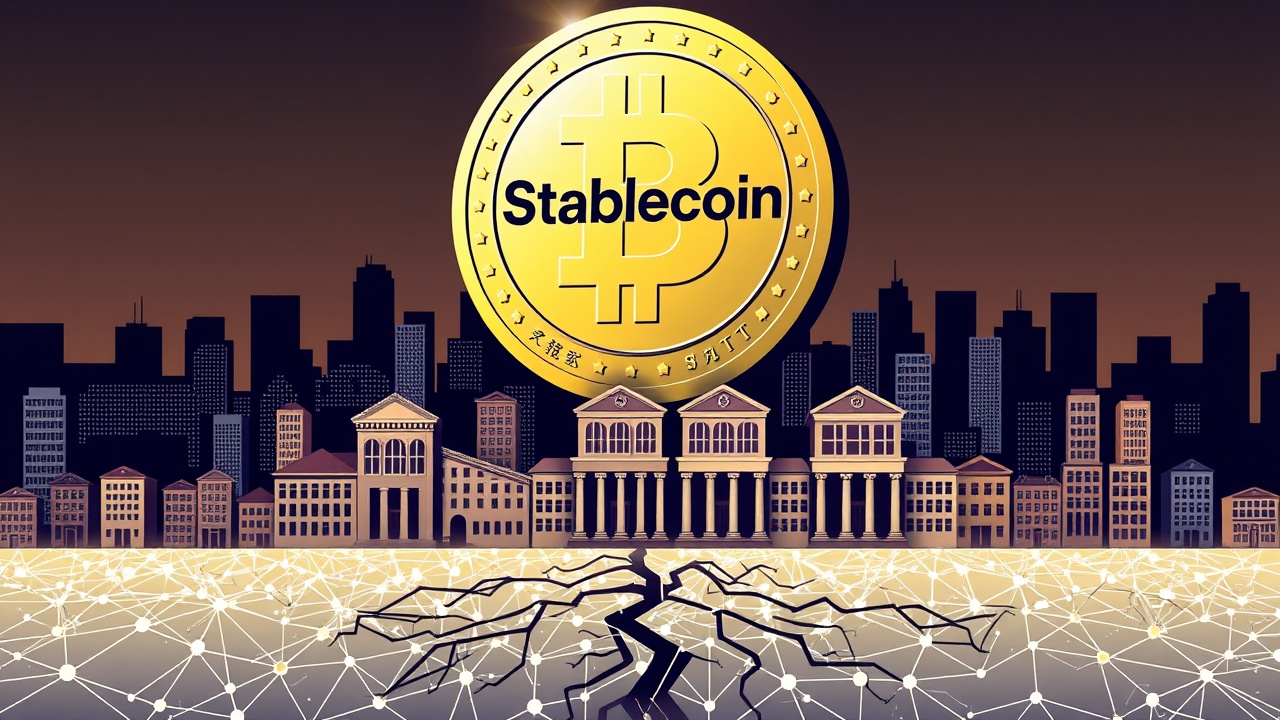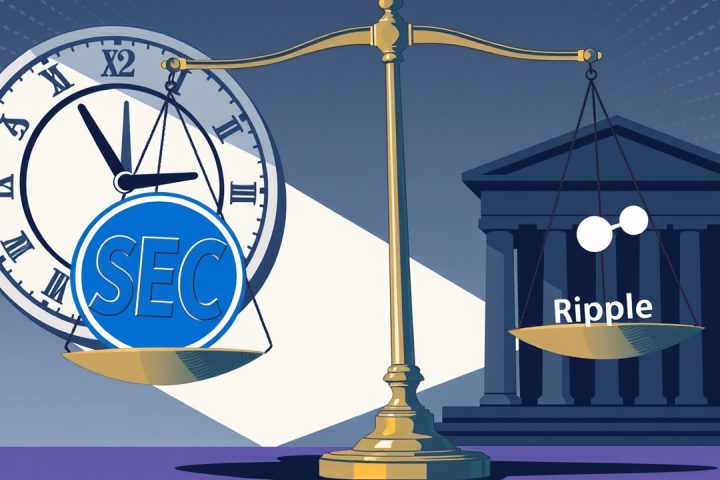Stablecoins: A Vital Component of the Digital Asset Landscape
As of mid-2025, stablecoins have established themselves as a vital component of the digital asset landscape, boasting a collective market capitalization that surpasses $230 billion, as highlighted by Morningstar DBRS. At the forefront of this market are Tether (USDT) and Circle (USDC), accompanied by other notable entrants such as DAI, USDe, and FDUSD. The surge in stablecoin popularity can be attributed to their dollar-pegged stability, allowing them to function effectively as a form of digital cash within the blockchain ecosystem.
The implementation of the first federal legislation on stablecoins on July 17 has notably propelled their adoption. This regulatory clarity has prompted U.S. banks to consider developing their own stablecoin offerings, as indicated by analysts from Morningstar DBRS in a report released on Tuesday. They noted,
“Stablecoins present both efficiency and innovation in financial systems, but also bring forth unique opportunities and challenges for banks.”
Understanding Stablecoins: The Future of Money Transactions
Stablecoins are crafted to merge the dependability of conventional currencies with the streamlined processes of blockchain technology. In stark contrast to traditional payment methods—such as credit cards, ACH transactions, and wire transfers—stablecoin transactions are completed in mere seconds. Morningstar describes them as “programmable money,” emphasizing their application in smart contracts for automated financial transactions. This functionality has made stablecoins particularly appealing for international payments, online commerce, and remittance services. Leading issuers including Tether, Circle, and PayPal ensure their coins are backed by reserves consisting of short-term U.S. Treasuries and cash equivalents, thus maintaining their stability and the ability for users to redeem them.
The efficiency of stablecoins is remarkable: while wire transfers can incur fees up to $50 and take several days to finalize, stablecoins facilitate instantaneous transfers at minimal costs. This compelling dynamic is drawing consumers away from traditional banking infrastructure.
Potential Risks for U.S. Banks
Morningstar expresses concern that the rising popularity of stablecoins could threaten the fundamental operations of U.S. banks. A significant concern revolves around the potential for deposit outflows; if consumers are incentivized to keep their funds in stablecoins for benefits such as rewards and seamless interaction with decentralized finance, banks may face a decrease in the deposits essential for their lending capabilities. Currently, stablecoins account for about 1.5% of total U.S. bank deposits, but their rapid growth could lead to substantial shifts in where consumers hold their funds. According to Morningstar analysts,
“A massive movement of capital from bank accounts to stablecoins could impede banks’ capacities to generate new loans or offer credit.”
In addition, banks risk losing out on profitable transaction fees as stablecoins can bypass traditional networks like ACH and SWIFT, resulting in lower costs and quicker transfers. This shift threatens the revenue streams associated with transaction services.
Opportunities amid Challenges
Despite the challenges, Morningstar identifies potential avenues for banks to adapt and thrive in this changing environment. By harnessing their regulatory standing, banks could serve as trusted custodians for stablecoin reserves, managing U.S. Treasury assets and offering settlement and compliance solutions. Such offerings could unlock new revenue streams.
The recently enacted GENIUS Act, which establishes capital and reserve requirements for stablecoin issuers, aims to create a more equitable market environment. Some banks are contemplating the launch of their own fully-backed stablecoins, integrating them into their existing compliance frameworks to retain deposits and maintain a competitive edge.
Ultimately, as Morningstar notes, the impact of stablecoins on U.S. banks will hinge on how regulations are formulated and how the market evolves in response to these digital assets.




